Ready to grow a monster back?
If you're serious about building a strong, wide, and thick back, the T-Bar Row deserves a place in your workout. Known for its simplicity and raw strength appeal, this compound movement has stood the test of time among bodybuilders, powerlifters, and fitness enthusiasts.
In this blog, we’ll dive deep into what T-Bar Rows are, their benefits, how to do them correctly, the muscles they target, common mistakes, variations, and FAQs.
What is a T-Bar Row?
The T-Bar Row is a compound weightlifting exercise that primarily targets the muscles of the back. It involves lifting a loaded barbell anchored at one end, typically using a V-handle or landmine handle attachment. This move requires you to hinge at the hips and pull the weight towards your torso—making it one of the most effective pulling exercises.
It’s named "T-Bar" because the handle forms a T-shape with the barbell.

Muscles Worked
T-Bar Rows are a compound movement, which means they engage multiple muscle groups simultaneously:
- Latissimus Dorsi (Lats): The primary muscle targeted, essential for width and thickness.
- Rhomboids: Help retract the scapula and improve posture.
- Trapezius (Traps): Both upper and lower traps are engaged during the lift.
- Erector Spinae: Stabilize your spine throughout the movement.
- Rear Deltoids: Aid in pulling the weight back.
- Biceps: Assist as secondary movers.
- Forearms and Grip: Constantly engaged to hold the handle.
Benefits of T-Bar Rows
1. Incredible Back Thickness
Unlike lat pulldowns or pull-ups that build width, T-Bar Rows help pack on serious back density—especially in the mid-back region.
2. Improves Posture
This exercise strengthens the muscles responsible for keeping your shoulders back and spine aligned.
3. Boosts Pulling Strength
T-Bar Rows transfer well to deadlifts and other pulling movements by enhancing your posterior chain power.
4. Engages Core and Stabilizers
You need a strong and stable core to maintain proper form—giving your abs and lower back an extra challenge.
5. Customizable Load
From plates to grip handles, T-Bar Rows offer lots of ways to adjust resistance, intensity, and hand position.
How to Do T-Bar Rows (Step-by-Step)
Setup:
- Load one end of a barbell and secure the other end in a landmine attachment or corner.
- Straddle the bar with your feet shoulder-width apart.
- Bend at the hips until your torso is about 45 degrees to the floor.
- Grab the V-handle or T-Bar grip attachment under the bar.
Execution:
- Engage your core and keep a neutral spine.
- Pull the weight toward your chest by retracting your shoulder blades.
- Squeeze your lats at the top of the movement.
- Lower the weight slowly with control.
- Repeat for the desired number of reps.
Form Tips:
- Don’t round your lower back.
- Avoid jerking or using momentum.
- Keep your elbows close to your body.

Common Mistakes to Avoid
Rounding the Back
One of the most dangerous mistakes. Always maintain a flat, neutral spine.
Using Too Much Weight
Going too heavy compromises form and shifts the workload from the back to the arms and lower back.
Shrugging Shoulders
Focus on pulling with your elbows, not your traps.
Short Range of Motion
Half-reps limit the effectiveness. Pull all the way to your chest and lower fully for a full stretch.
T-Bar Row Variations
To keep your workouts fresh and hit different muscle fibers, try these variations:
1. Chest-Supported T-Bar Row
Involves a dedicated T-Bar Row machine with a chest pad for back isolation and reduced lower back strain.
2. Single-Arm T-Bar Row
Improves unilateral strength and corrects muscle imbalances. Great for improving mind-muscle connection.
3. Wide-Grip T-Bar Row
Targets the upper lats and rear delts more intensely.
4. Underhand Grip T-Bar Row
Emphasizes the lower lats and engages the biceps more.

T-Bar Rows vs. Other Rowing Exercises
|
Exercise |
Primary Focus |
Lower Back Load |
Equipment Needed |
|
T-Bar Row |
Mid-back, lats, rhomboids |
Moderate |
Barbell + Landmine/V-Grip |
|
Bent-Over Barbell Row |
Full back, traps |
High |
Barbell |
|
Seated Cable Row |
Mid-back |
Low |
Cable machine |
|
Dumbbell Row |
Lats, flexibility |
Low |
Dumbbells |
T-Bar Rows offer a balanced mix of safety, challenge, and effectiveness—making them ideal for most lifters.
Why T-Bar Rows Deserve Your Attention?
T-Bar Rows are more than just an old-school gym move—they're a powerful tool for building a thick, strong, and aesthetic back. By working multiple muscles, improving posture, and strengthening your posterior chain, this movement should be a staple in your back day routine.
Whether you're a beginner aiming for strength or a seasoned lifter sculpting detail, the T-Bar Row will not disappoint—if done right.
FAQs on T-Bar Rows
Are T-Bar Rows better than Barbell Rows?
It depends. T-Bar Rows are often easier on the lower back and allow for better isolation of the mid-back muscles.
Can beginners do T-Bar Rows?
Absolutely. Just start light, use correct form, and consider chest-supported variations if lower back strength is lacking.
How often should I do T-Bar Rows?
1–2 times a week is ideal for most people, depending on your training split.
What if I don’t have a T-Bar Row machine?
Use a barbell in a corner or landmine attachment, and a V-handle for grip.


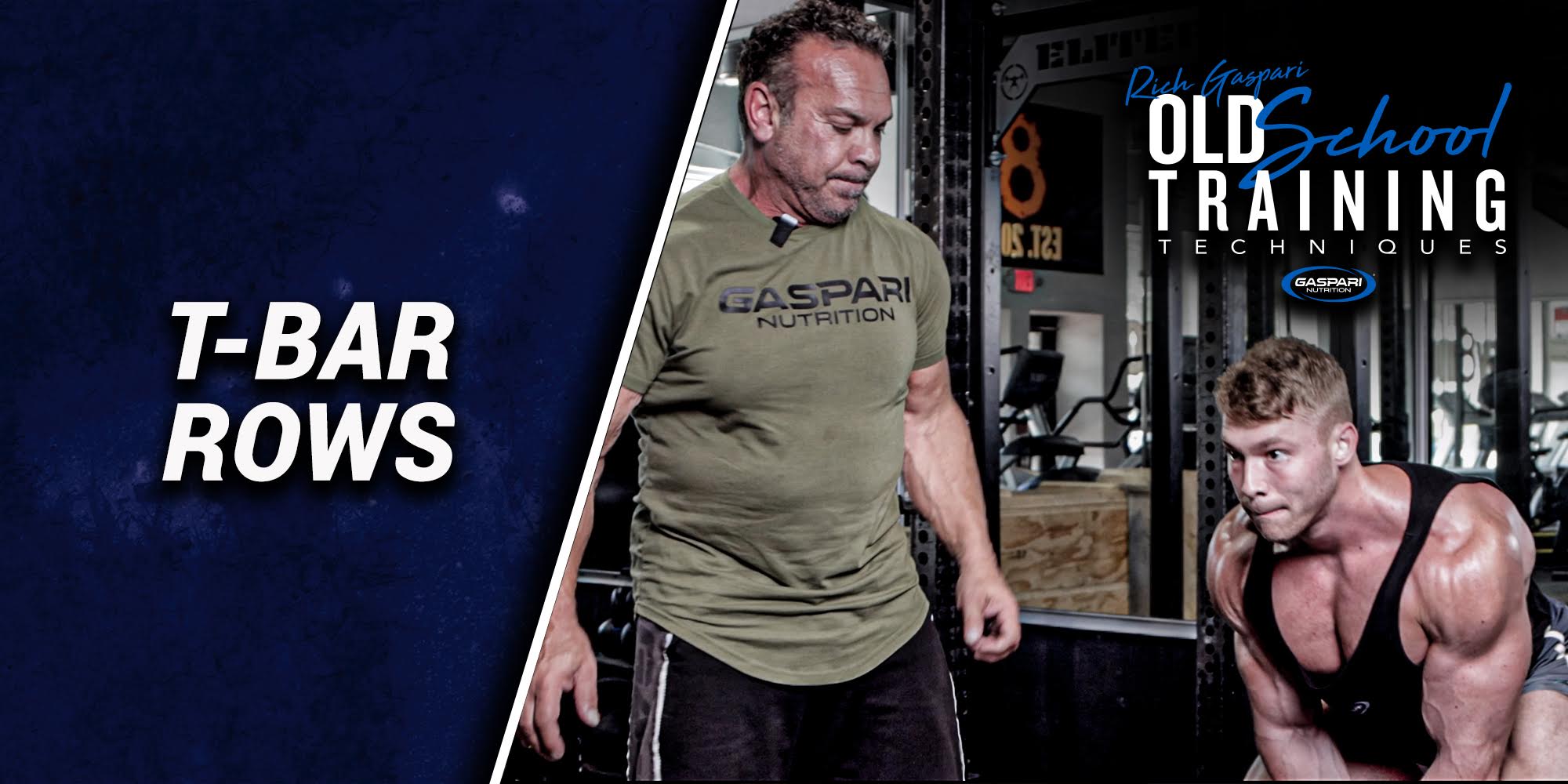





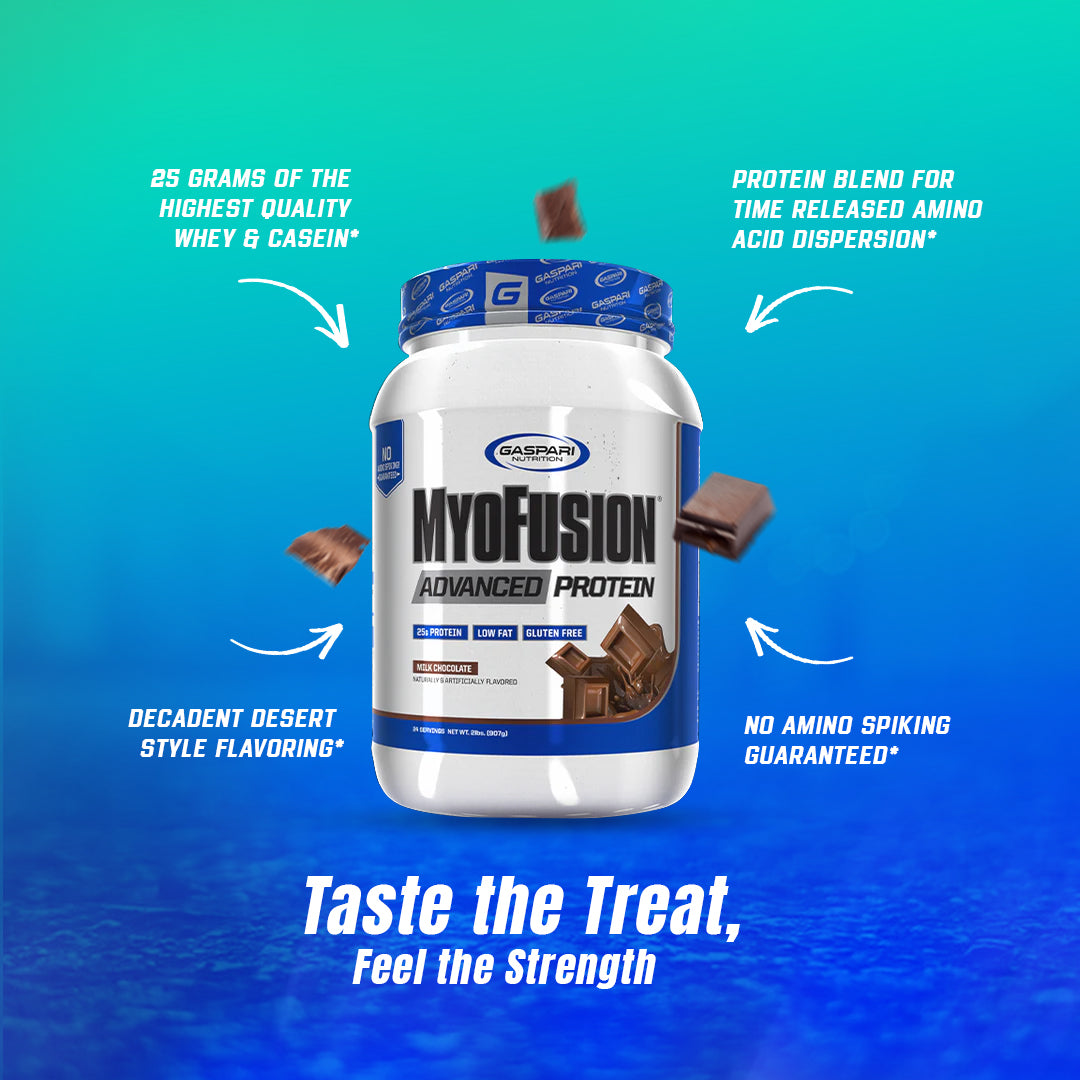

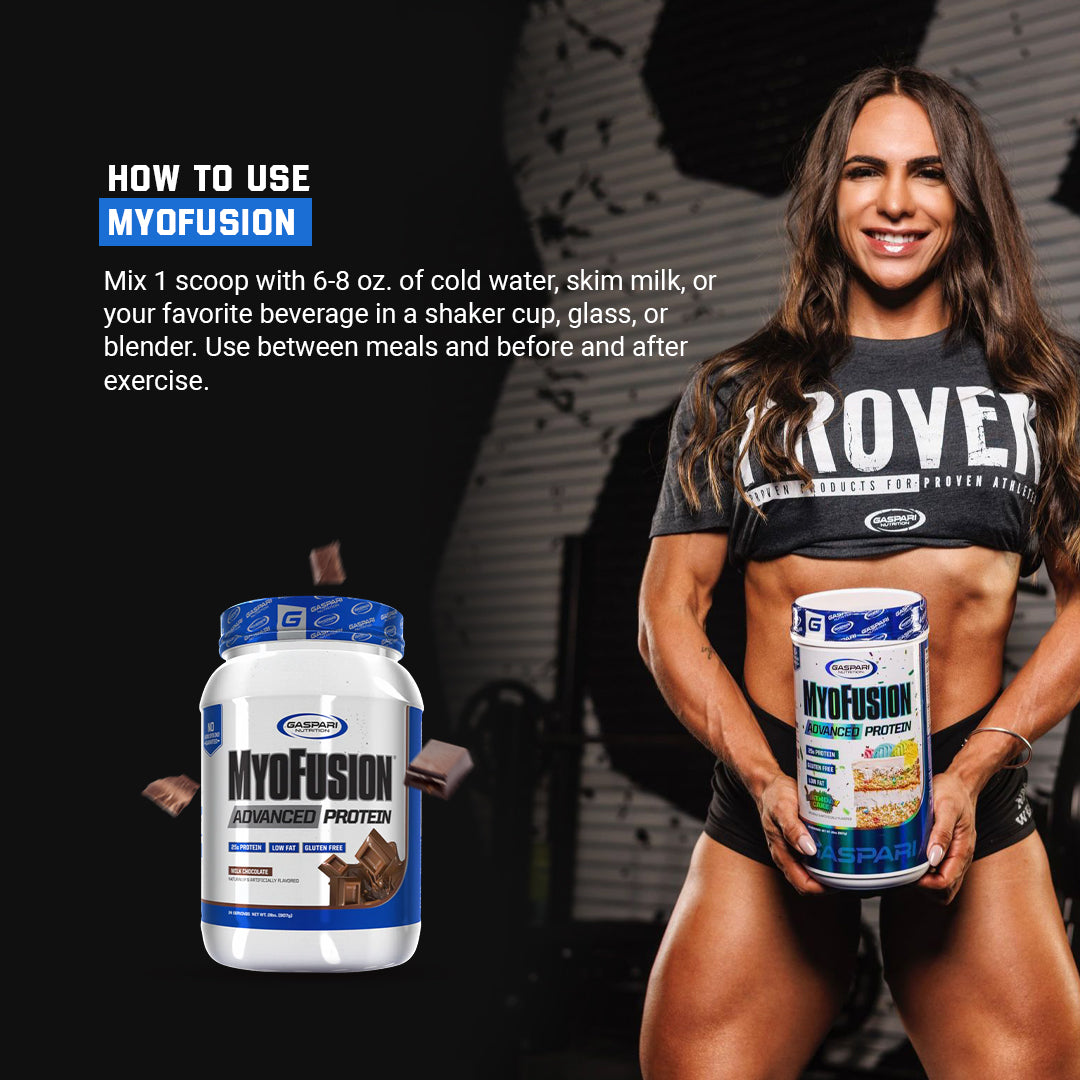


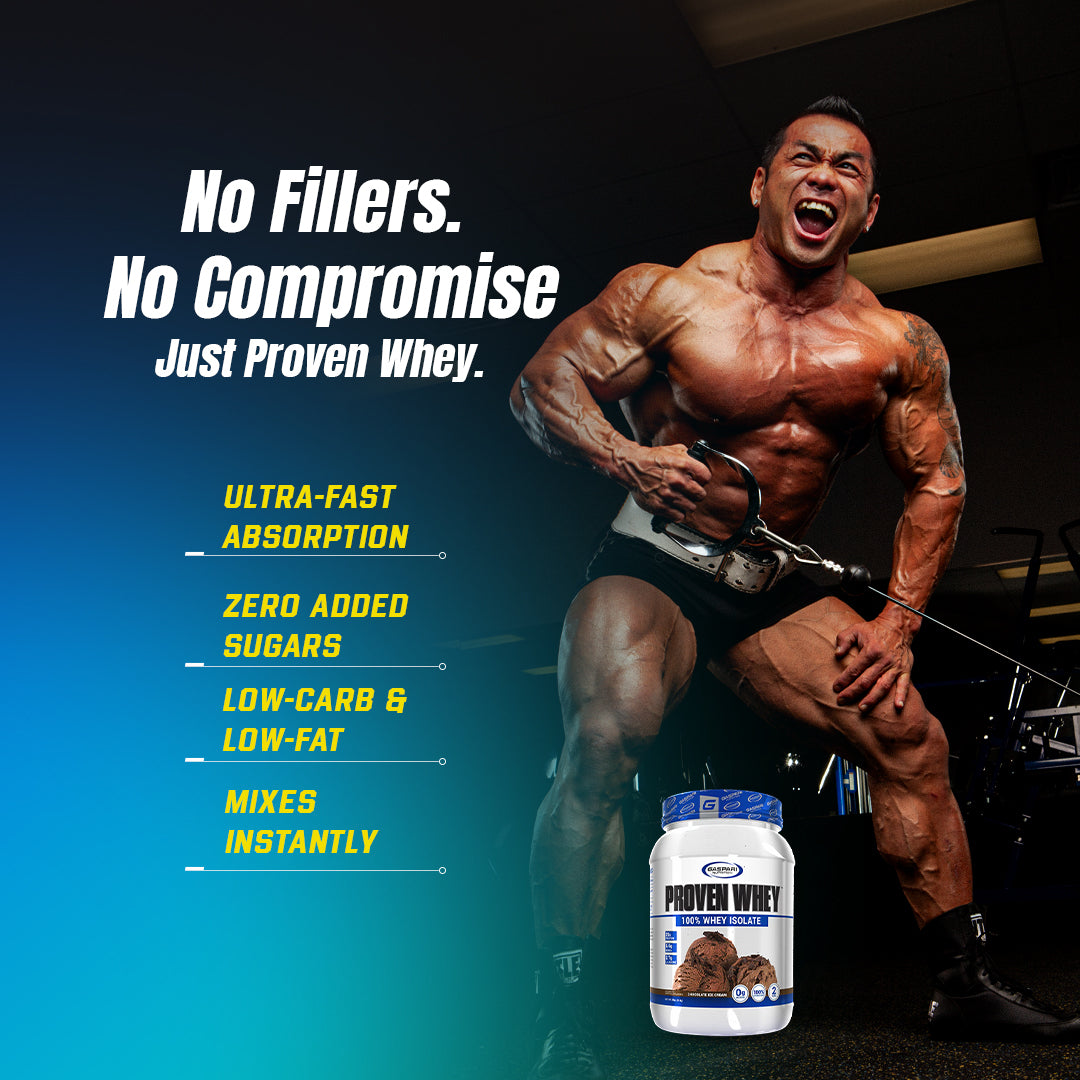






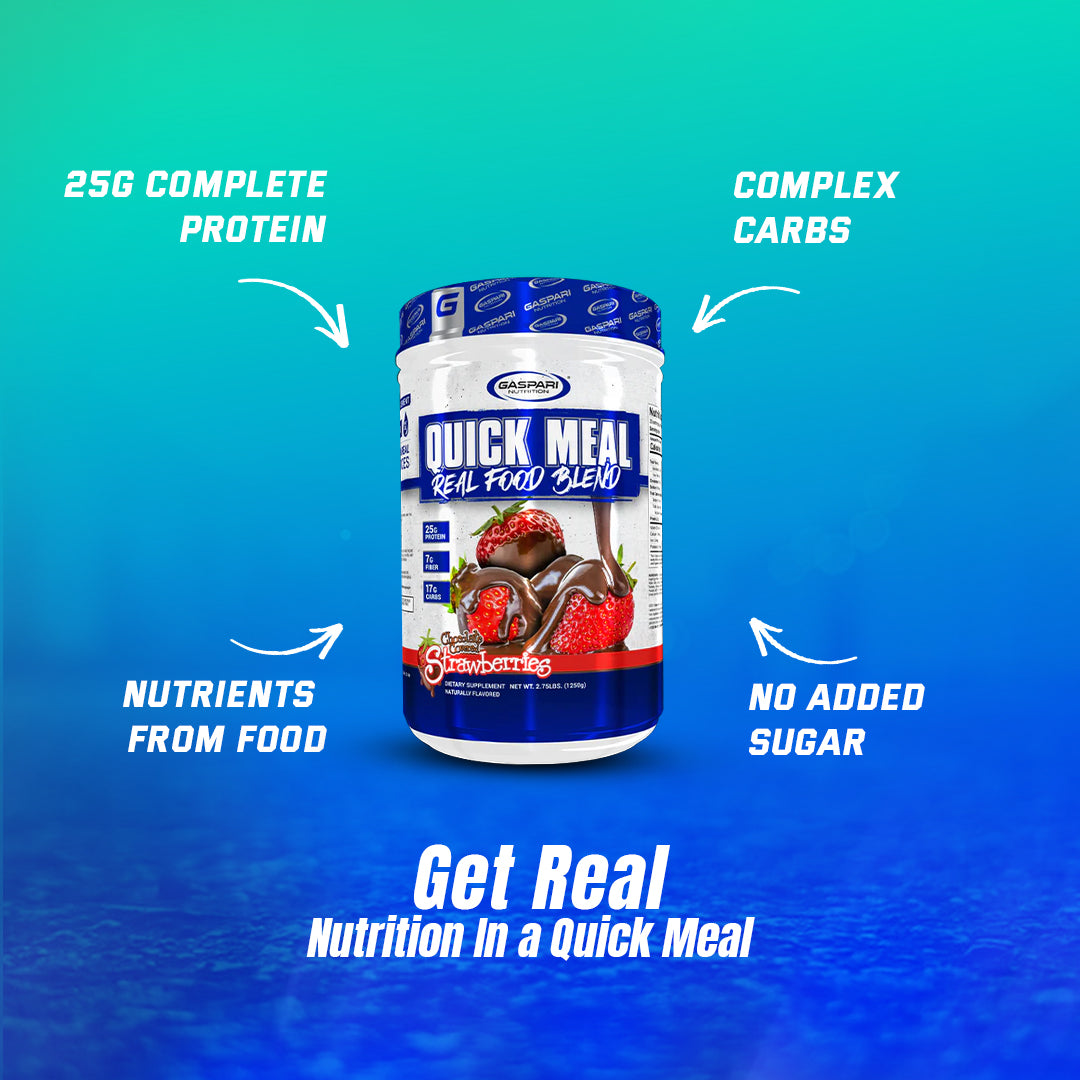
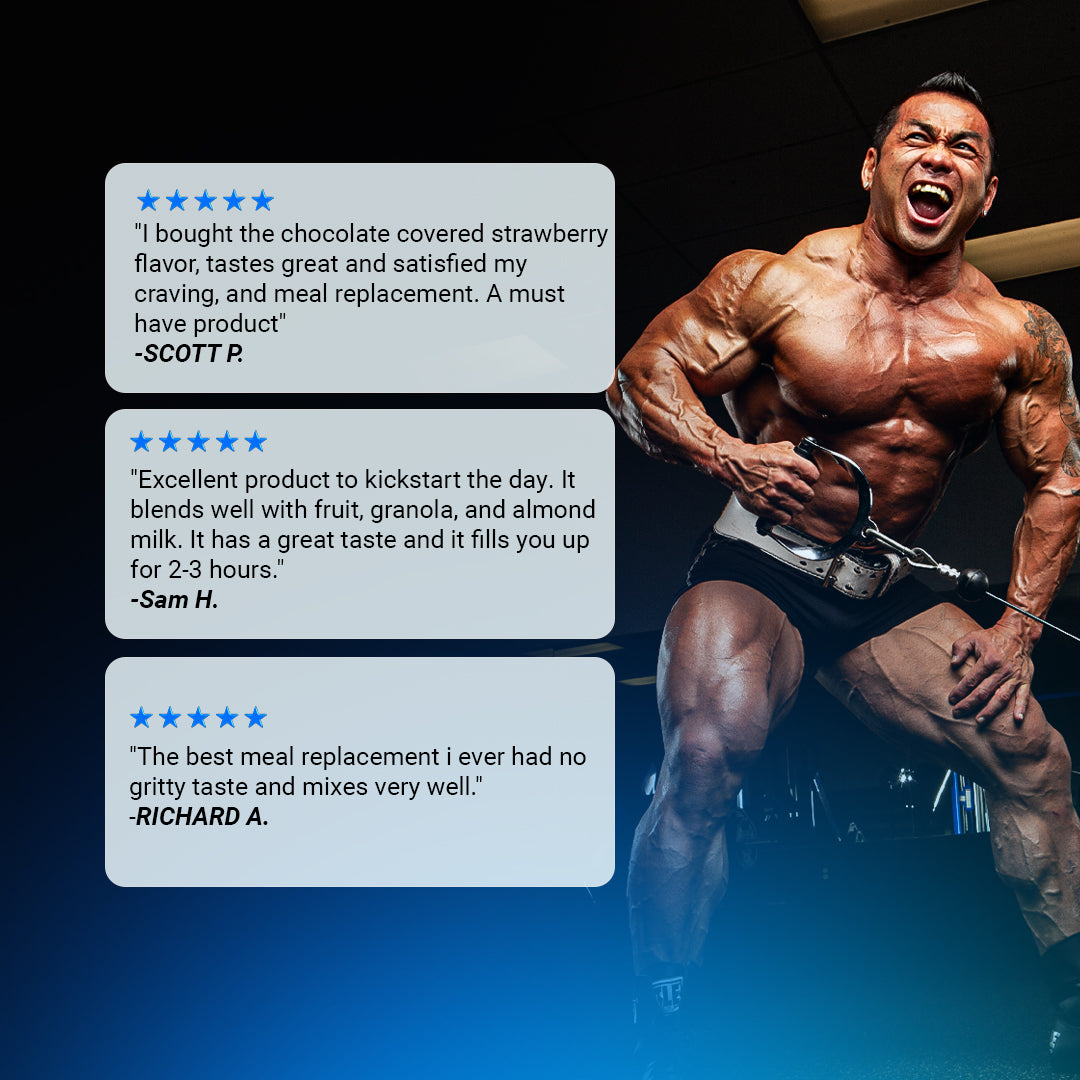





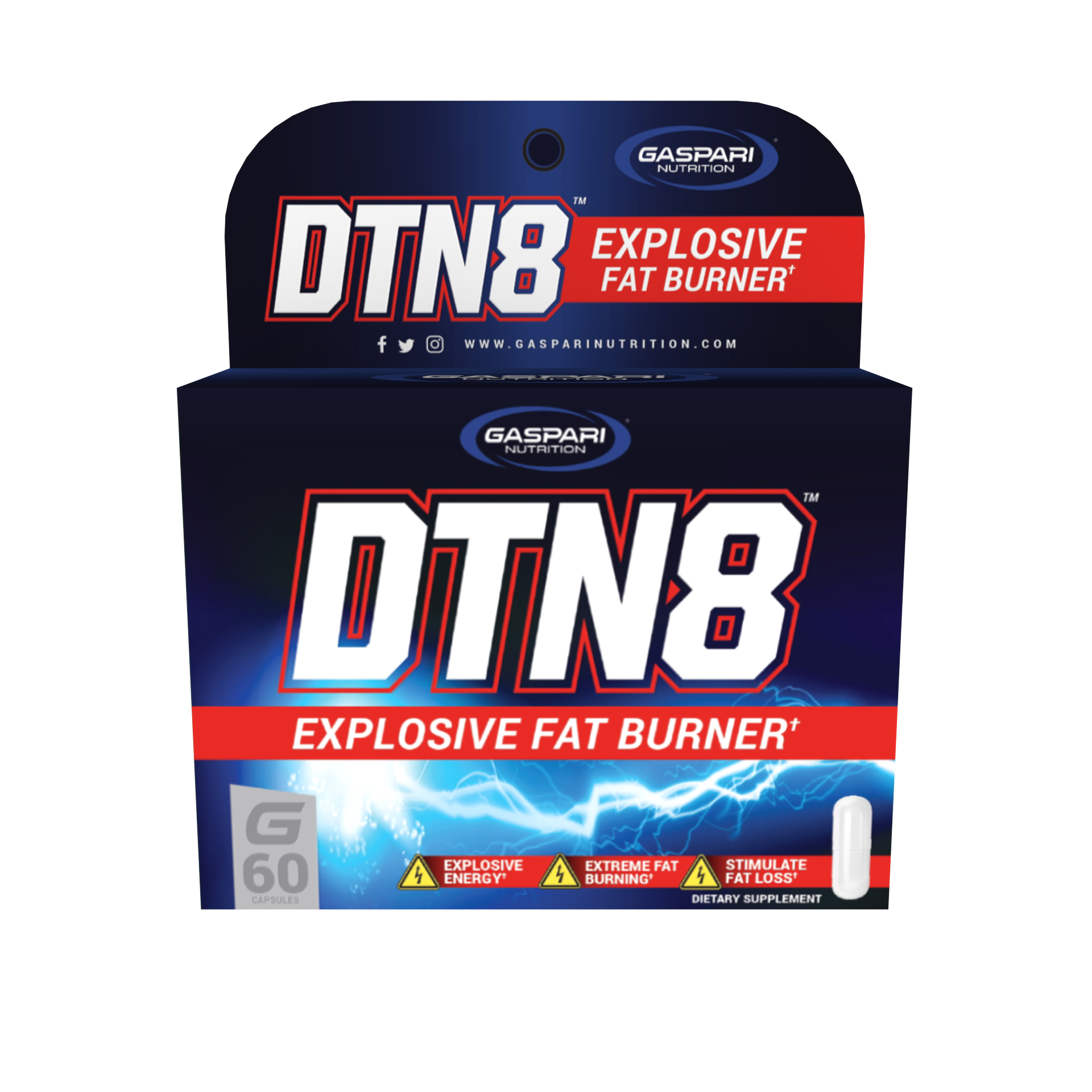

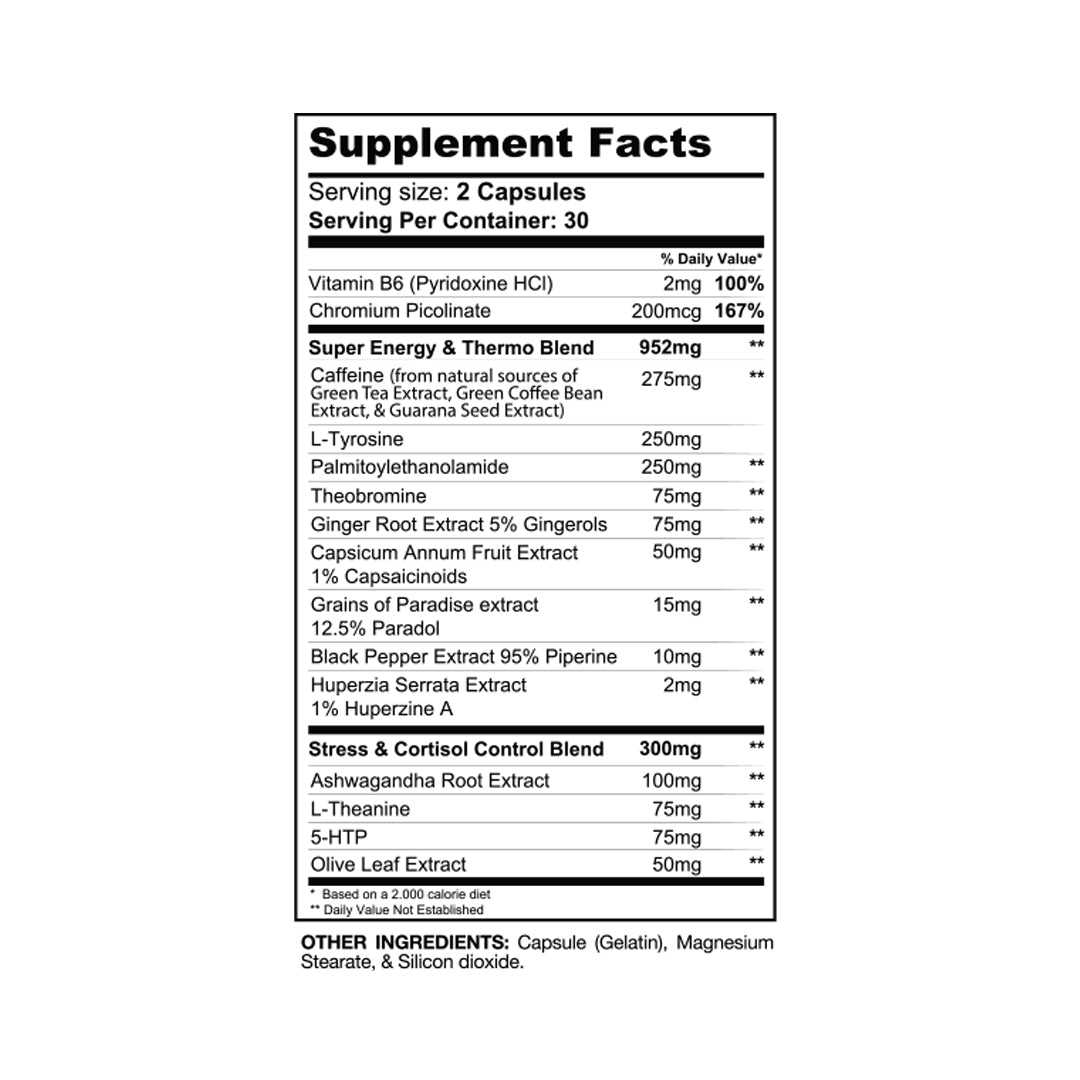
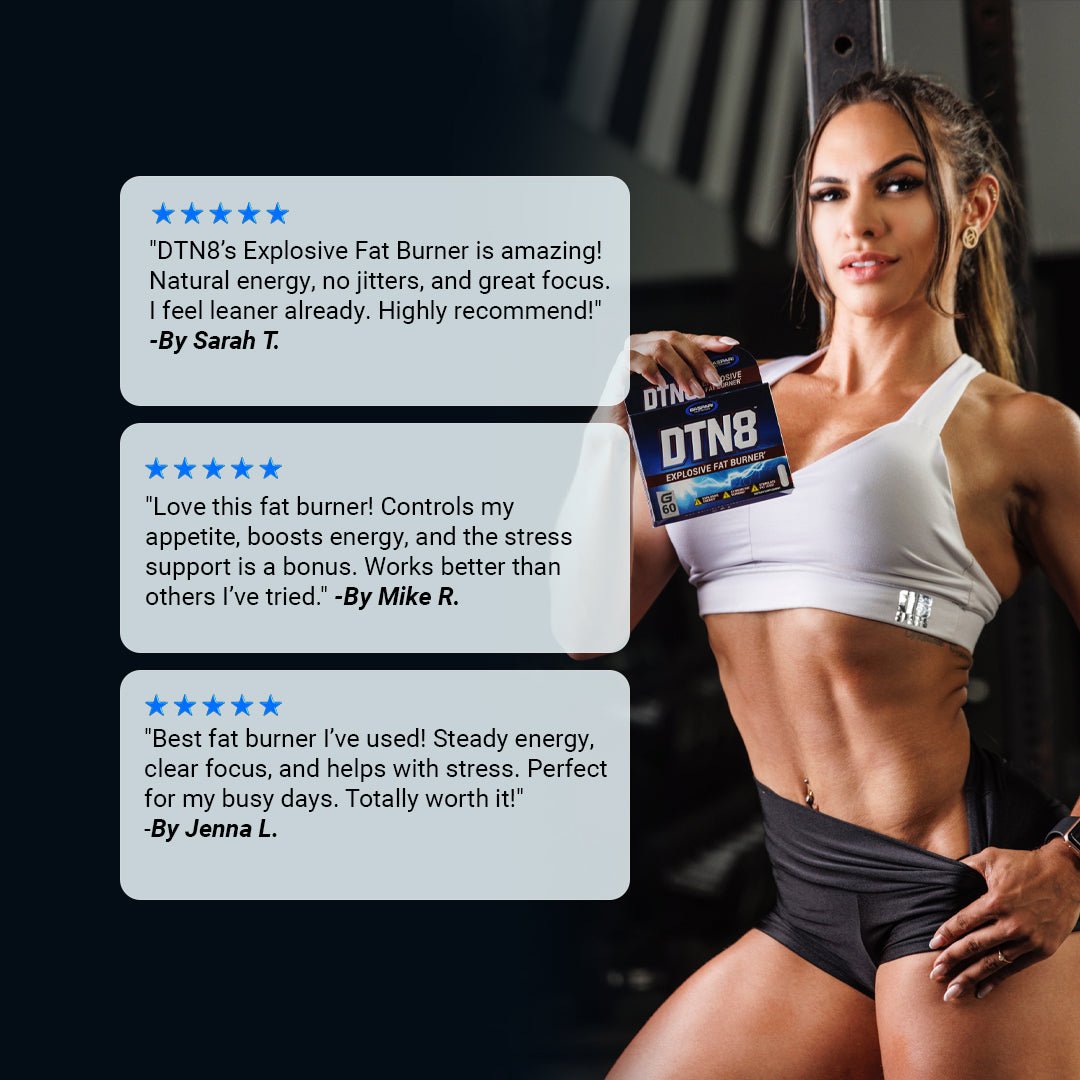












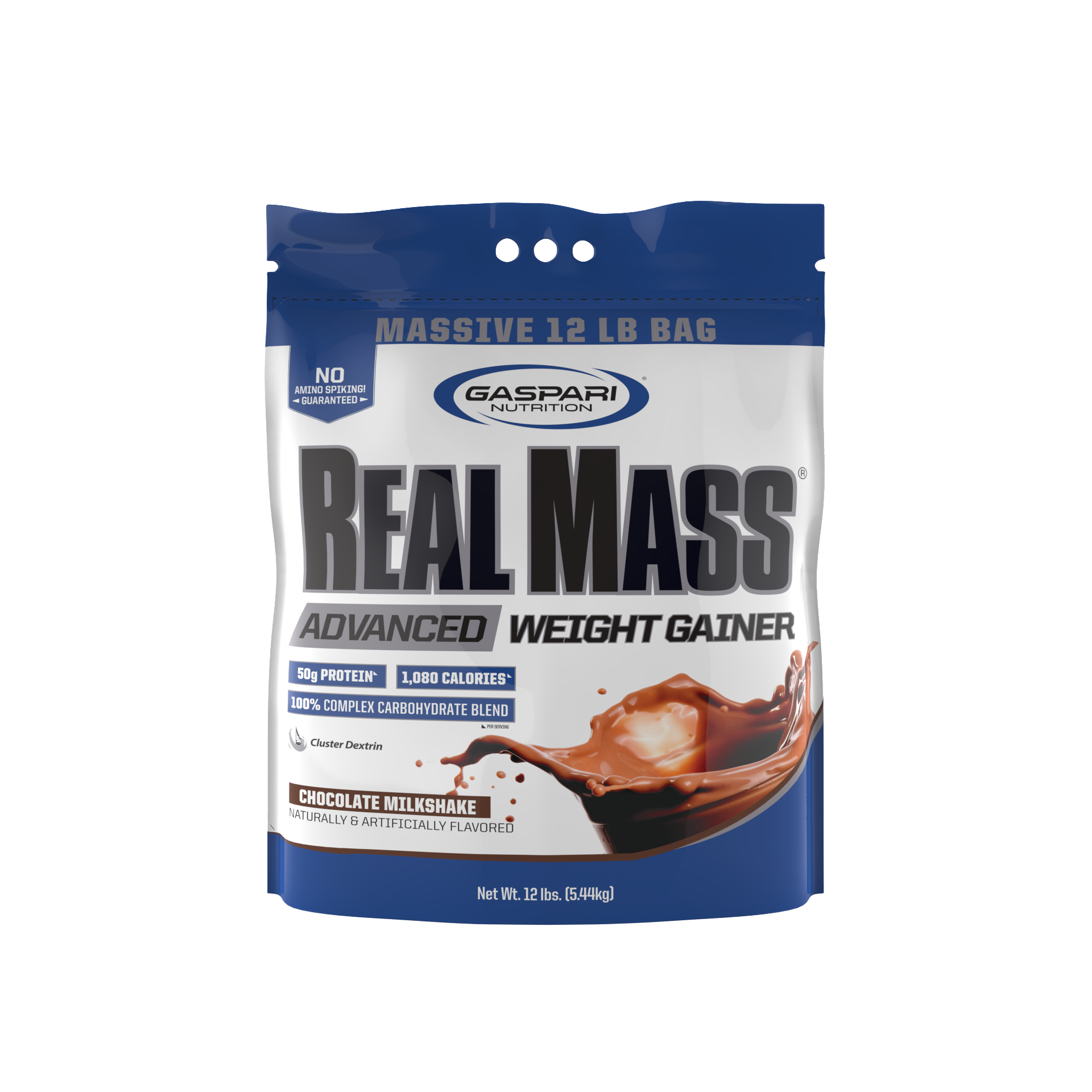
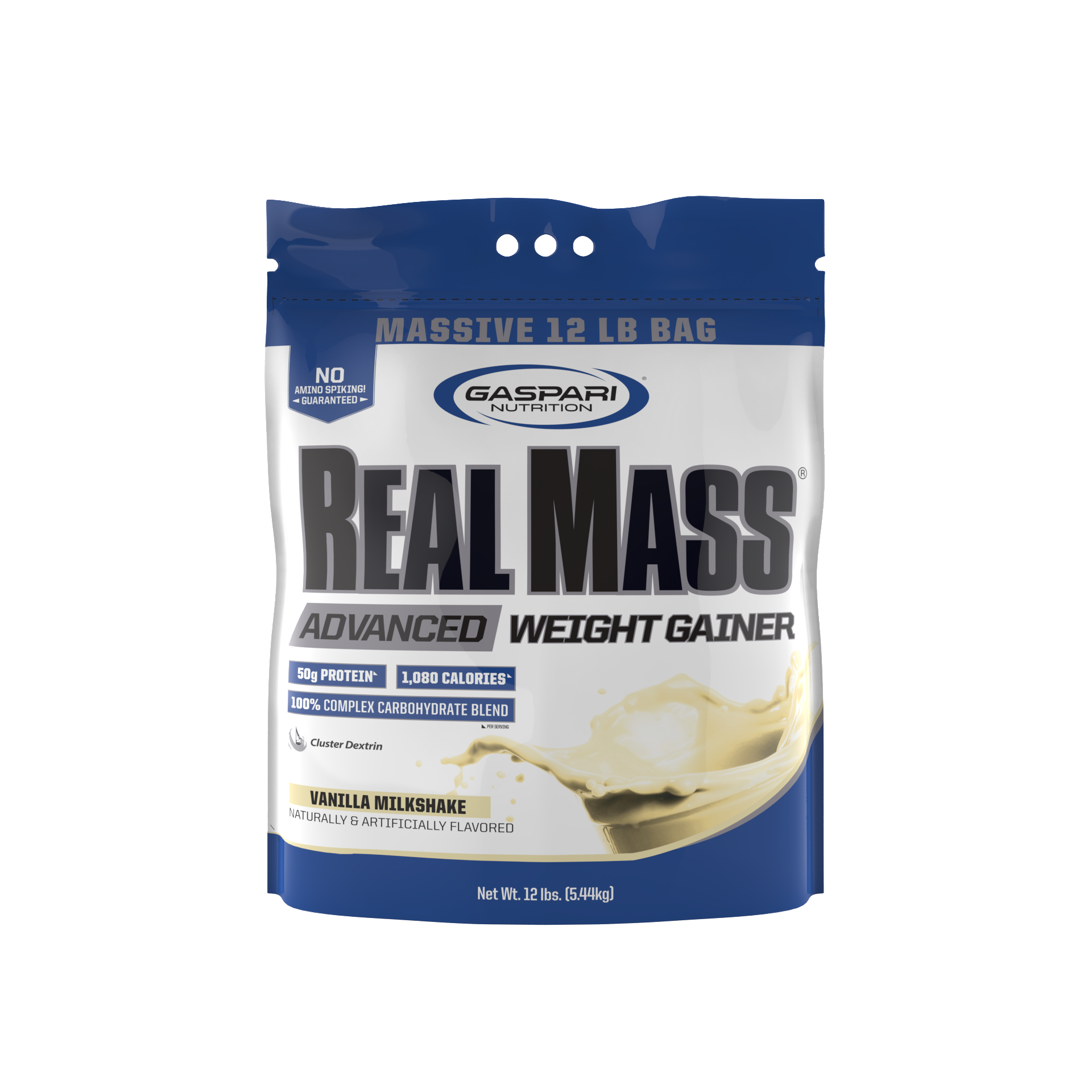
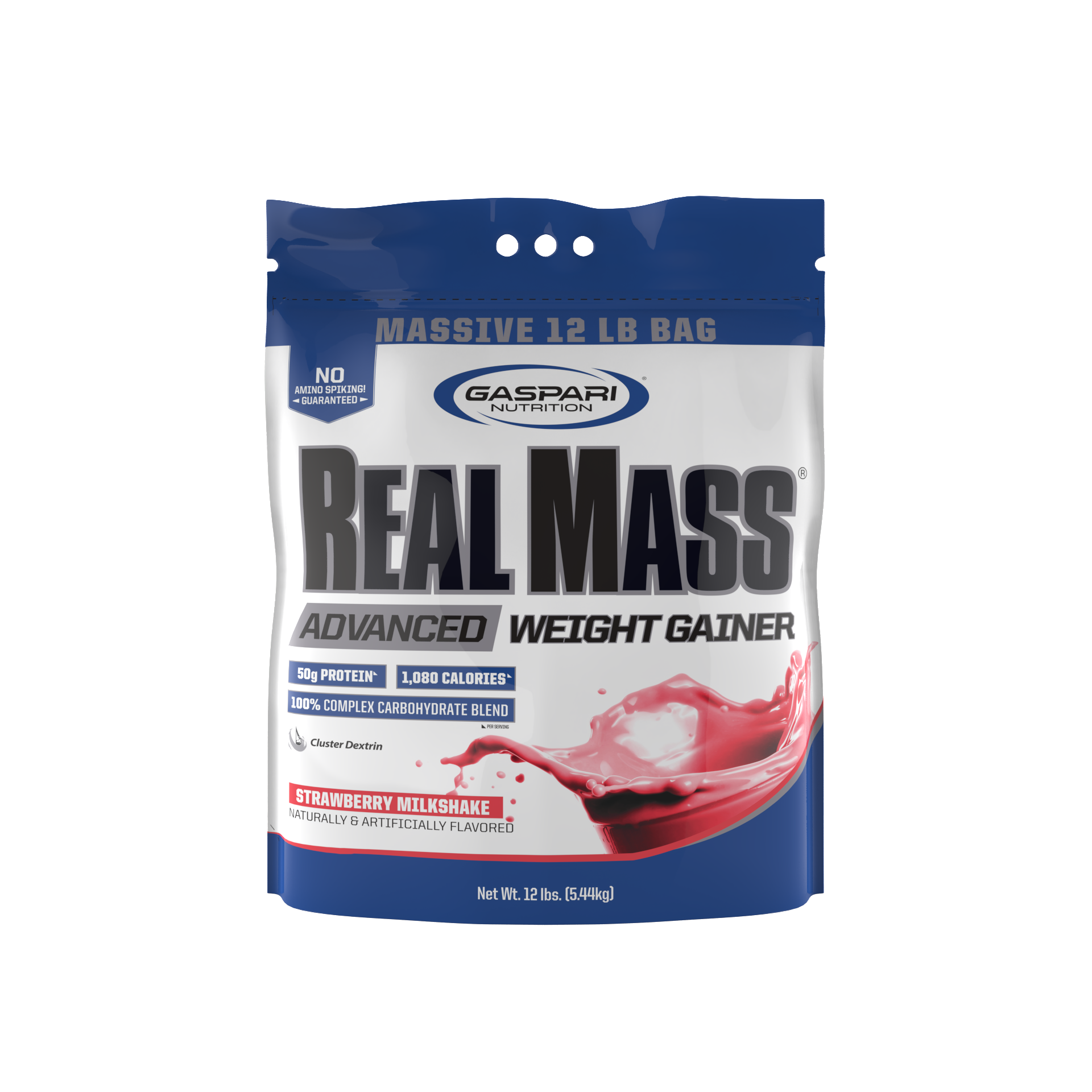
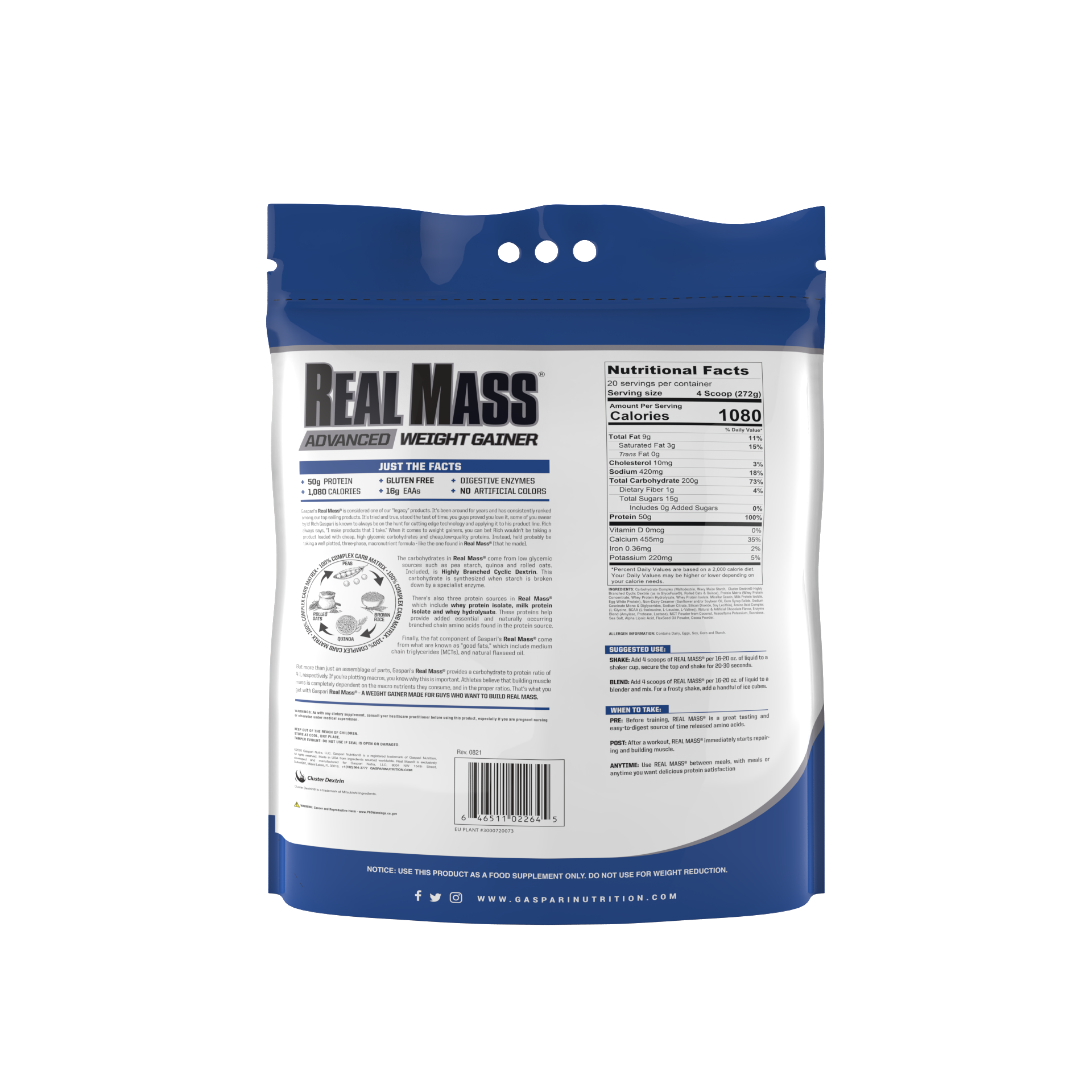
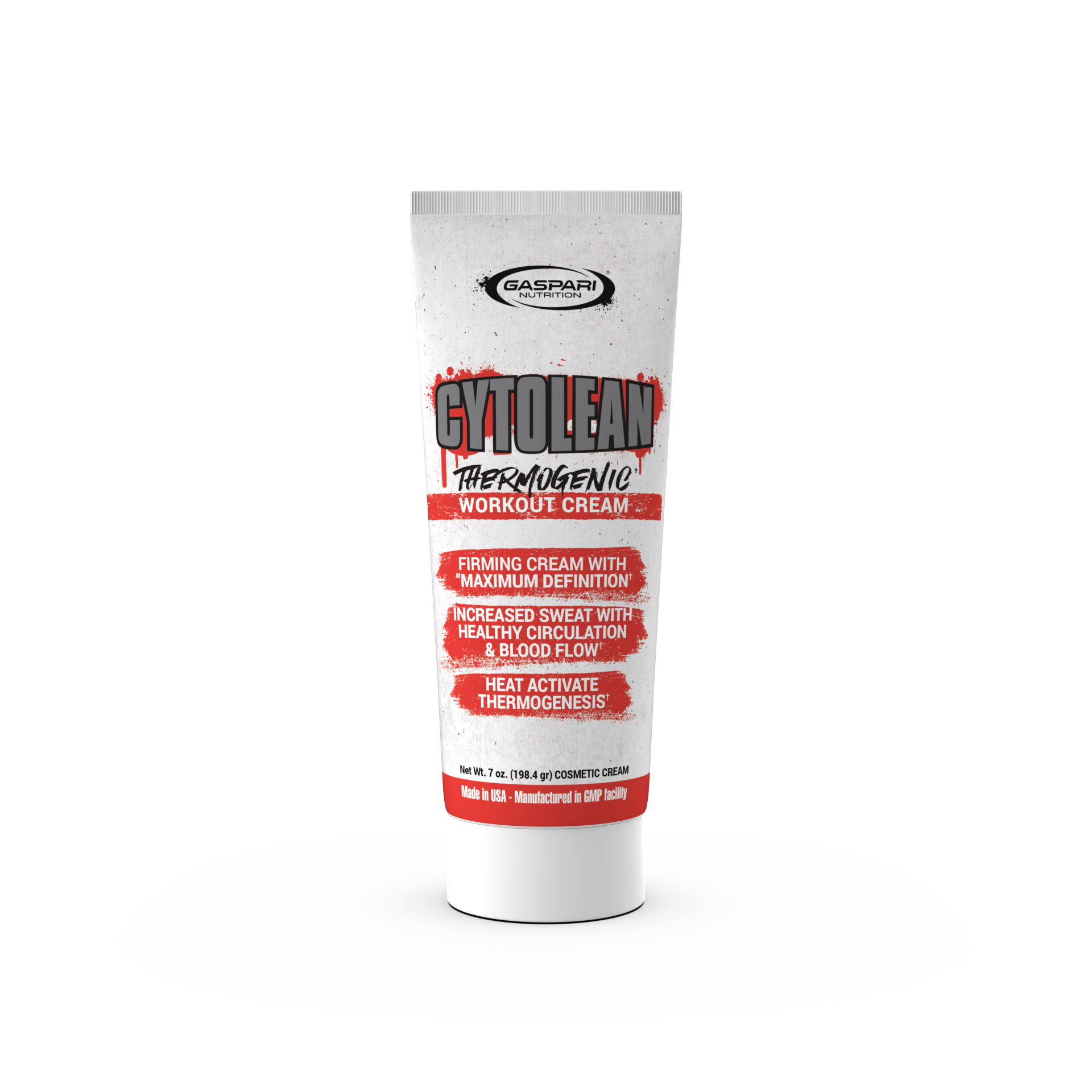


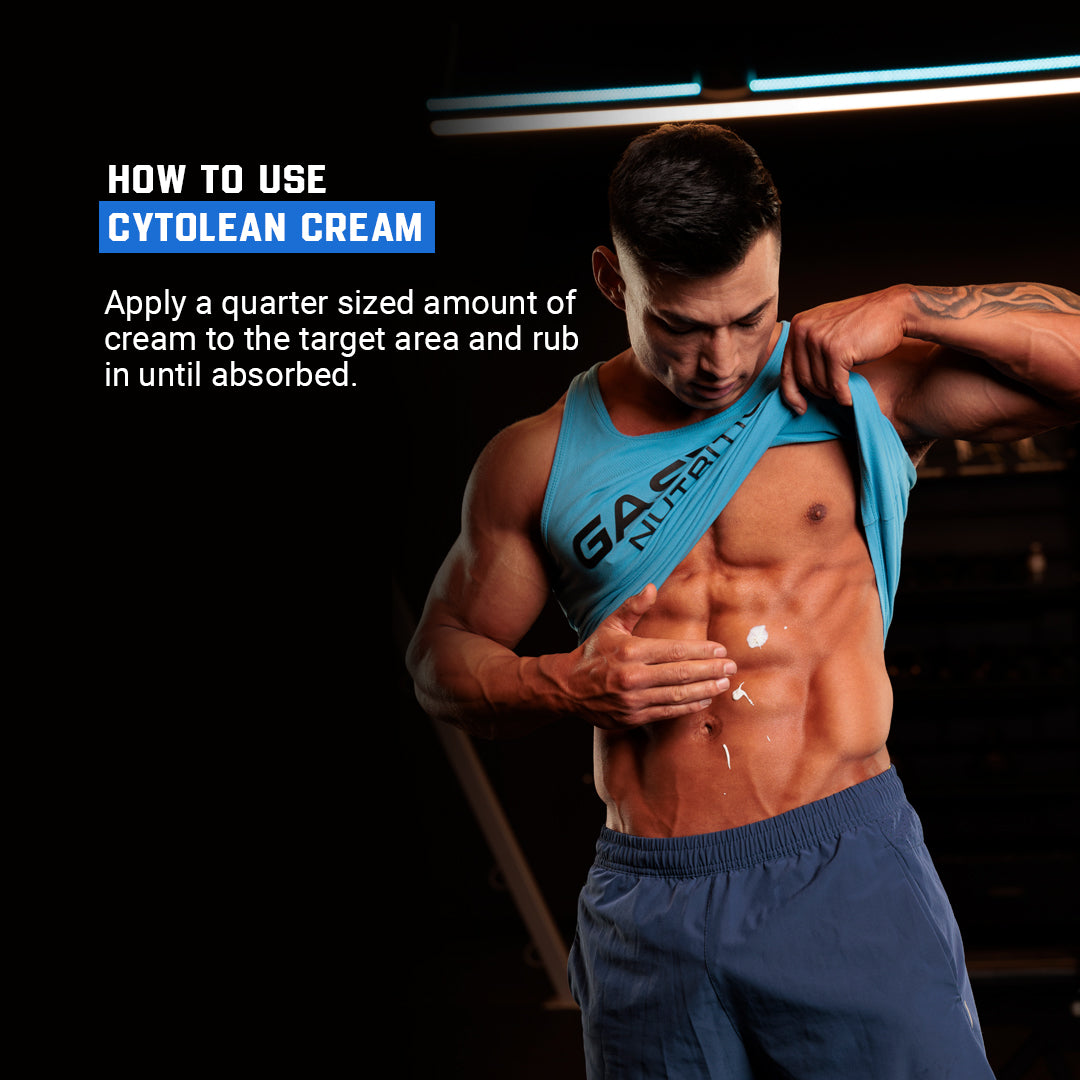











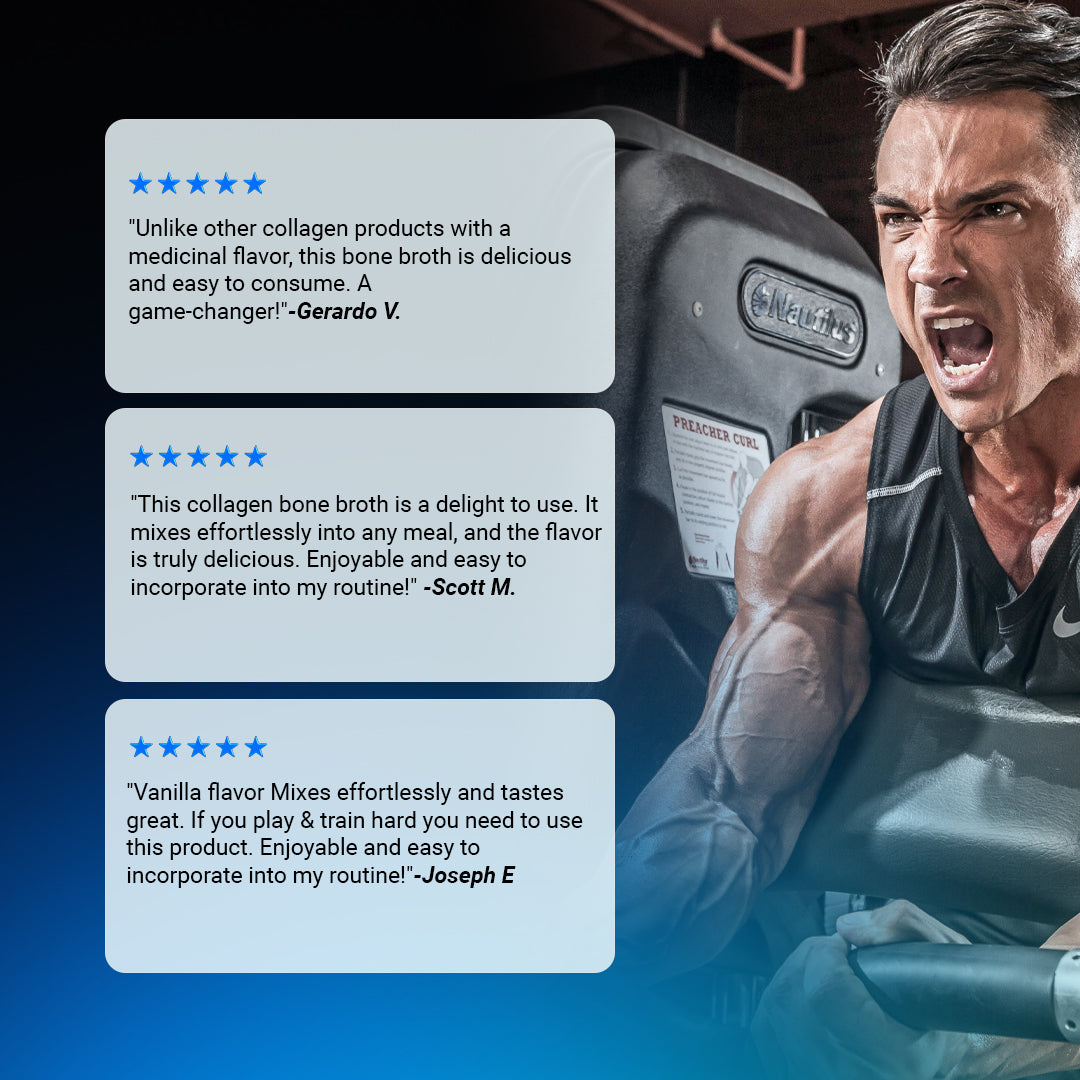














Share:
Top Deadlift Variations: Unlock Your True Strength Potential
3 Parts of the Triceps Old School Training Techniques